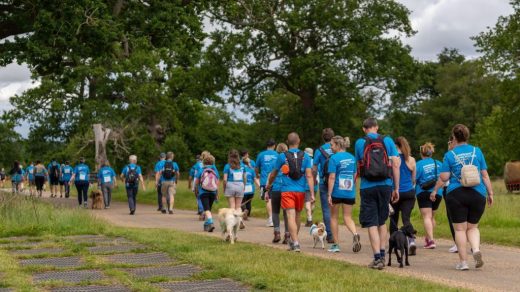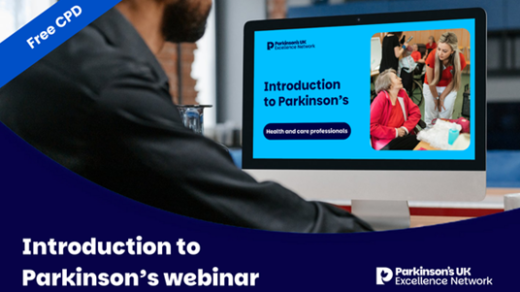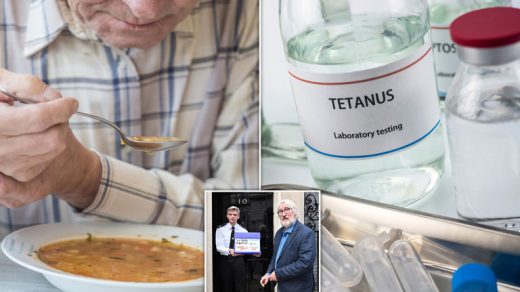
The combination of ginga, music, and physiotherapy has become a rehabilitation method for elderly people with Parkinson’s in the Lapa neighborhood, downtown Rio de Janeiro. The project Parkinson na Ginga, created by physiotherapist Rosimeire Peixoto, 60, blends capoeira techniques with clinical motor and cognitive care protocols.
It is a community-based initiative where participants pay a fixed fee to help maintain the space for classes. If someone cannot pay, they are still welcomed.
The idea grew from Rosimeire’s experience with neurological patients and her passion for capoeira, a practice she’s pursued for 17 years. “Beyond motor skills, it also improves depression, anxiety, sleep, and other non-motor symptoms,” she says.
In addition to physical effects, Parkinson’s also impacts patients’ social and emotional lives. Ronaldo Maurício de Freitas, 54, says he used to feel ashamed of his condition. He was diagnosed ten years ago, which led him to leave his job as a sales promoter and spend more time at home.
Since starting classes six years ago, he’s experienced improved balance and greater independence. “Before, my legs would lock and I had trouble sleeping. Now I go to class on my own and really enjoy it,” he says. “I even bathe and do other tasks by myself,” he adds.
In the project, students are assessed based on the progression of the disease. From there, Rosimeire prescribes adapted exercises using capoeira moves. “Some are more unstable, others have trunk stiffness. I create protocols with rotation, balance, trampolines, and even obstacle courses to improve coordination,” she explains.
Ginga is the foundation of the method, but the work goes further. “They train dual-tasking, responding to the music’s chorus while moving. This improves memory, attention, and even posture.”
Retired teacher Nilma Teles, 80, is one of the regular students and says the practice transformed her life. She was diagnosed at 69. “It was the best thing that happened to me. I felt insecure about socializing. Now I can embrace the condition without fear or stigma,” she says.
Beyond the social benefits, she noticed clear physical improvements. “I used to fall constantly and often had casts on my arms. Now I have better balance, can walk steadily, and no longer fall,” she says.
Read the article in the original language
Get the source article here


